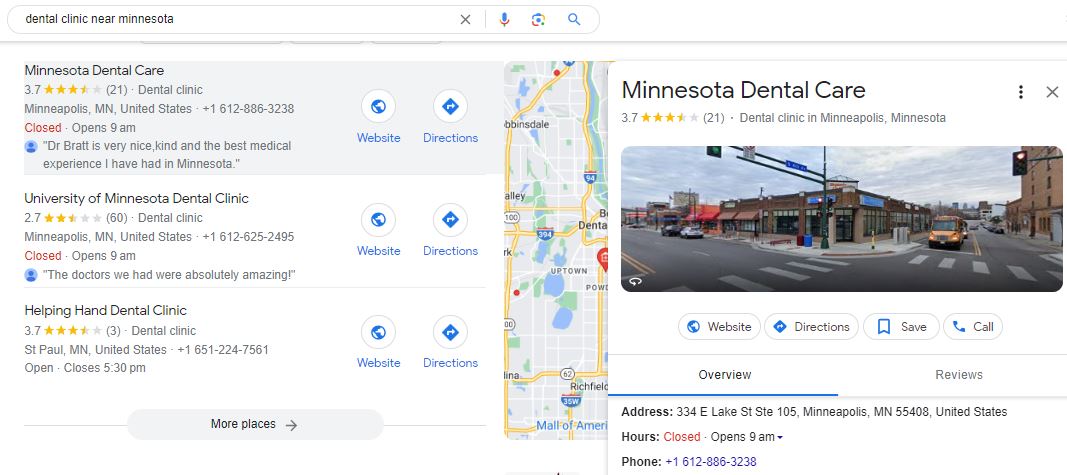Why should you learn how to launch an inbound healthcare marketing strategy?
It’s because an inbound marketing strategy for healthcare is a cost-effective patient acquisition strategy.
The global consumer healthcare market is huge and diverse. Estimates show that the healthcare market is expected to be worth $781.5 billion by 2030, growing at a CAGR of 8.7%.
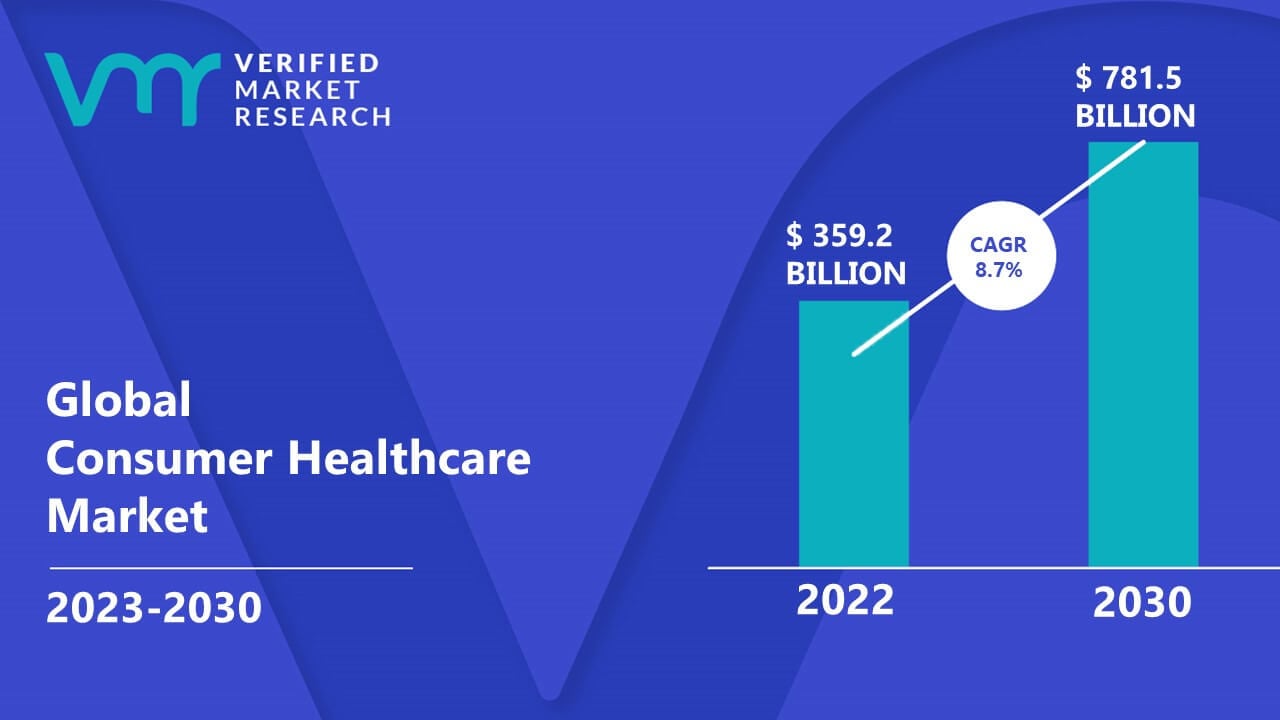
With such rapid growth comes fierce patient competition. And while healthcare providers have used traditional marketing tactics to generate leads for decades, these tactics aren’t effective in today’s digital age.
An inbound healthcare marketing strategy is a cost-effective way of connecting with potential patients, engaging them so they can become your customers, and retaining them for longer.
Unlike outbound marketing, which focuses on selling, an inbound healthcare marketing strategy focuses on building lasting relationships with your patients.
But creating a successful inbound healthcare marketing strategy isn’t an easy task.
Fret not.
In this post, you will learn how to launch a killer inbound healthcare marketing strategy to deliver excellent results and grow your healthcare business.
Let’s get started.
1. Understand Your Target Patients
The first step to delivering a practical inbound healthcare marketing strategy is to gain a deeper understanding of your prospective patients.
You should start with creating or updating your buyer personas.
To understand your target patients even better, you need to conduct in-depth keyword research to uncover search terms or phrases they use when searching for information online.
Leveraging a robust keyword research tool like Semrush can help you discover valuable insights about your target audience. Read this Semrush review post by Attrock to understand how to leverage the tool efficiently.
You can interview your current patients or conduct surveys to understand why they chose you over other healthcare providers. This will help you tailor your services to attract new leads.
2. Create a User-Friendly Website
When patients search for healthcare providers online, they aren’t only searching for symptoms and diagnosis information.
They are also searching for information about healthcare providers or hospitals to choose the best option for their medical condition.
Having a well-designed website can help you display all this information to your patients like this:
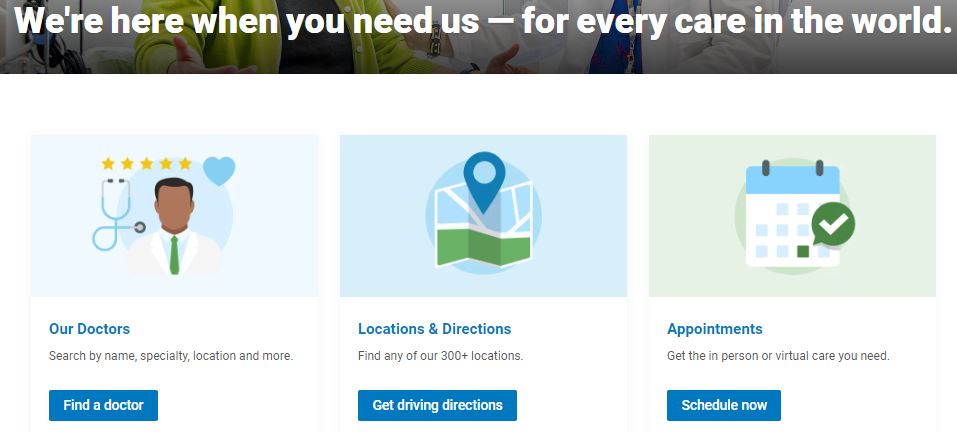
Image via Cleveland Clinic
Apart from building a strong online presence for your healthcare business, a website can help you improve patient experience and establish your credibility in front of your audience.
This explains why a website is ranked the second most powerful channel used in marketing by 80% of healthcare marketers:
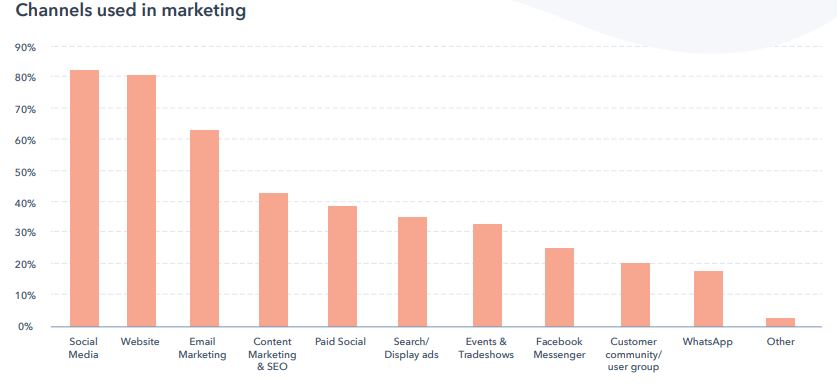
Since the website is your first point of contact with your patients, you must make it easy to use, educational, and beautiful.
Besides, you should include precise details about your services and relevant sources your patients could search for.
Adding testimonials and case studies is also an excellent tactic for your inbound healthcare marketing strategy. This is because it helps to build credibility and foster trust with your patients.
3. Leverage Content Marketing
According to recent research, 71% of B2B healthcare content marketers say content marketing has become more critical to their business.

Content marketing helps you connect and interact with patients while giving them helpful health information. This makes it a powerful inbound healthcare marketing strategy.
Having created a website for your healthcare business, design a blog section where you can share valuable content centered around healthcare-related topics.
WebMD has mastered this inbound healthcare marketing strategy. They have a dedicated blog section on their web where they share helpful articles and posts about different healthcare topics.
They even categorize their content by subject to help patients find information more accessible and faster.
71% of B2B healthcare content marketers say content marketing has become more critical to their business. Click To Tweet
You may also create other content like guides, frequently asked questions, and directions to educate your patients before they book an appointment with you.
You can invest in a robust email marketing automation platform to keep your audience updated with fresh content regularly. This will help you create beautiful email newsletters for people who subscribe to your email list.
Doing this not only helps to attract organic traffic but also builds your brand authority and expertise.
4. Leverage Local SEO
When faced with a critical medical condition, patients will most likely search for the nearest healthcare practice.
And no matter how many healthcare practices come up during their search, they will most likely choose the one closest to their location.
Investing in local SEO is a practical inbound marketing strategy for healthcare professionals as it helps to make your healthcare practice visible on local searches.
Here is how to leverage local SEO to your advantage.
- Set up Google My Business profile: A Google My Business account will help you display your business information, including your services, a link to your website, and many more.

Image via Google
- Submit your NAP: Ensure you submit your healthcare business’ name, address, and phone number to several local business directories and listings, including Yelp, ZocDoc, and more.
- Encourage patients to leave positive-only reviews: Patients seeking your service will want to know what others say about your practice. So ask your happy patients to comment well about your practices or facilities.
- Optimize for mobile users: Patients searching for nearby healthcare practices often use mobile phones, so ensure your website displays well on mobile.
- Target patients with local content: Publish content about health topics relevant to your area and optimize it with local keywords.
- Ensure your content is indexed: Use Google index checker tool like Indexcheckr to check that your backlinks and new content are indexed by search engines, as well as monitored for adverse changes such as deindexing.
5. Leverage Video Marketing
Video marketing is one of the hottest marketing trends currently. A recent study shows that 91% of businesses use video as a marketing tool.
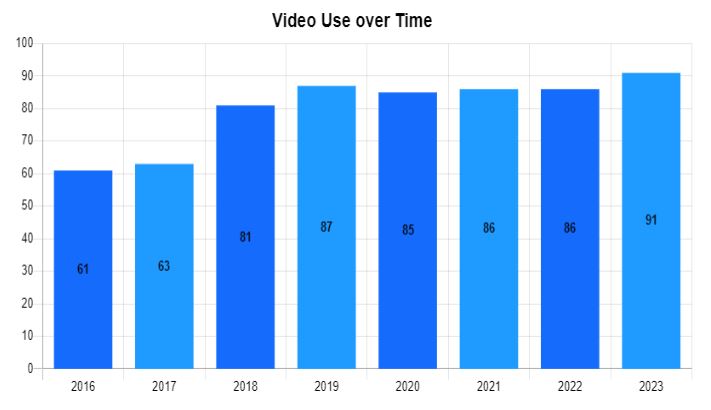
Image via NogenTech
What does this mean?
An excellent way to launch an effective inbound healthcare marketing strategy is to create video content aimed at helping your patients treat a specific condition or educating them about a particular disease.
This is because people are more likely to watch a video than read text-based content.
The good news is that creating informative videos isn’t a challenging task. Furthermore, you can outsource video editing to professional editors for better results.
Get in front of the camera and explain health-related conditions and ways to prevent them.
Create animated videos with diagrams to demonstrate what happens in your patients’ bodies and how they can treat that.
Post helpful videos on your website or social media to inform your audience about your healthcare practices, products, or services.
A recent study shows that 91% of businesses use video as a marketing tool. Click To Tweet6. Leverage Influencer Marketing
Lastly, leverage influencer marketing to launch an effective inbound healthcare marketing strategy.
A recent study shows that brands generate $4.12 for every $1 spent on Instagram influencer campaigns.
You can launch successful influencer marketing campaigns by partnering with health influencers to connect with patients. This helps to build patient trust and establish your healthcare business as an industry thought leader.
Conclusion
Developing a killer inbound healthcare marketing strategy is critical to stay ahead of the competition in today’s healthcare environment.
A solid inbound healthcare marketing strategy enables you to attract new patients and retain existing ones with valuable user-centered content, videos, and other forms of content.
As you read this post, your potential patients are searching for information that could help them treat a medical condition or stay safe from a certain disease.
If you can become their helpful resource for information, you can begin to build relationships with them while establishing your authority.
Follow this actionable guide to launch a solid inbound marketing strategy for your healthcare business.
